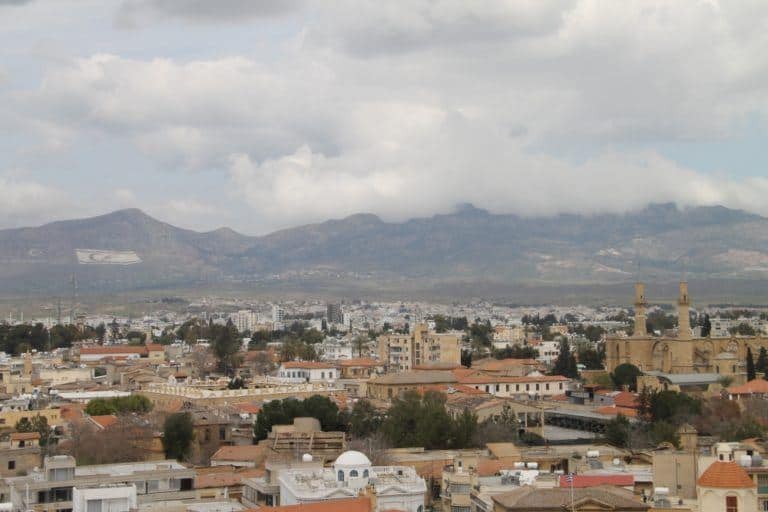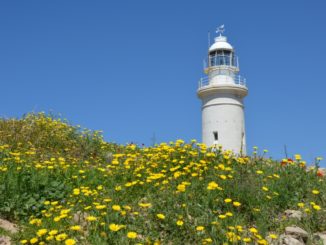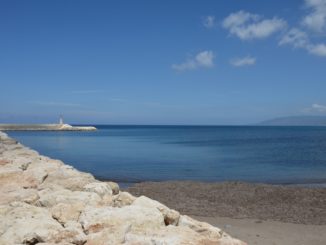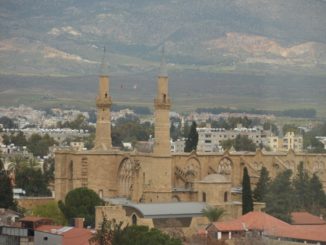
Nicosia, the capital of Cyprus should be visited even if it is just for its most distinguishing feature, namely that it is the last capital city in the world that is divided in two. The “Green Line” which crosses the city, divides the northern part which is under Turkish control from the southern part which is instead under Greek dominion.
Along the path of this dividing line, there are 5 checkpoints with crossing points. But, there are other things in Nicosia that are of greater interest. Here are 5 of the attractions that merit a visit in the capital of Cyprus.
The Selimiye Mosque
Historically, this was known as the Cathedral of St. Sofia and is housed within the walls of an ancient church – the oldest in the Gothic style amongst those that are still present in the Cypriot capital. It took 150 years to build and it would seem that even today, the building works are incomplete.
The cathedral was converted into a mosque after the occupation of Nicosia by the Ottomans in 1570. During that period, two minarets were added to the building whilst sculptures, frescoes and stained glass representing scenes from the Old and New Testaments were destroyed.
This is currently Nicosia’s main mosque and it is situated in the northern area of the city.
The Byzantine Museum
This museum is famous for housing one of the most complete collections of orthodox icons in the world. In total, it is possible to view and admire around 230 of these precious items stretching from the ninth to the nineteenth centuries. But it isn’t just for these that the museum merits a visit. There are also exhibitions of other typical Byzantine artworks in Cyprus ranging from sacred vessels to vestments and books. For example, there is a famous mosaic from the sixth century which was stolen from the church of Kanakaria in order to be sold abroad and was only later repatriated to the capital of Cyprus.
The Famagusta Gate
Is one of the historical access points into the Cypriot capital. It opens through the beautiful Venetian walls that surround the older part of the city. After it was rebuilt in 1981, it was transformed into Nicosia’s cultural centre with weekly exhibitions and a variety of different performances or shows.
Büyük Han
Is the largest caravanserai in Cyprus and is considered to be one of the island’s most beautiful buildings. Built by the Ottomans in 1572, it is located in the northern part of Nicosia and provides a variety of different types of shopping and refreshments.
The Hamam Omerye
Once a Christian church and a mosque, this hammam dating back to the 14th century will enable you to experience traditional treatments in the heart of Nicosia’s old town.
Given their importance in daily life, the hammams were the first buildings to be erected in the city by the Ottomans. But, the latter were not the inventors of the Turkish Bath. Structures of this sort already existed at the time of the Greek, Roman and Byzantine empires. For centuries, they were enmeshed in the mosaic of a multicultural Greece but in modern times, they have lost some of their traditional importance. Nevertheless, in the present day, they represent a delightful way in which to enjoy some peaceful solitude away from the hustle and bustle of everyday life.



